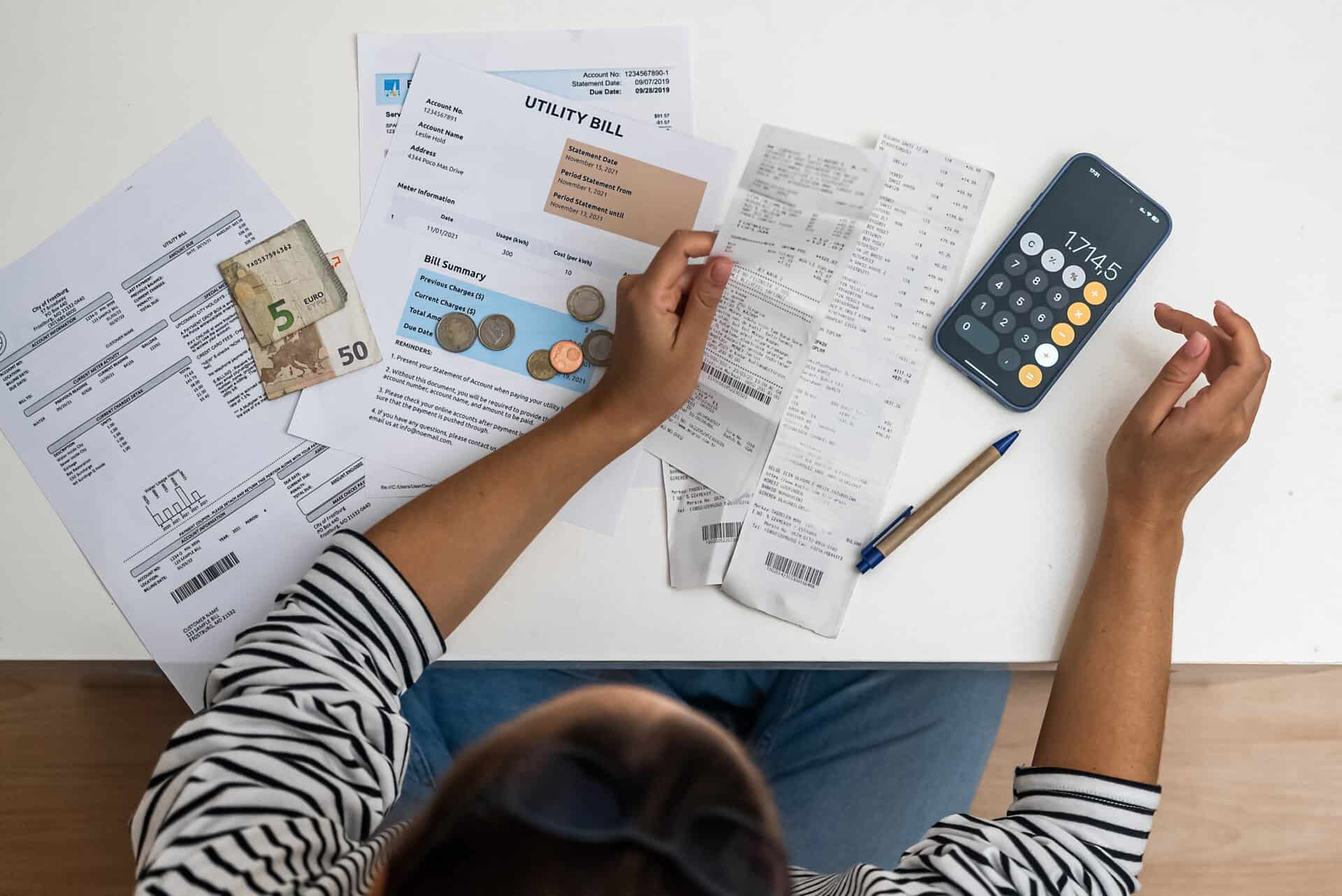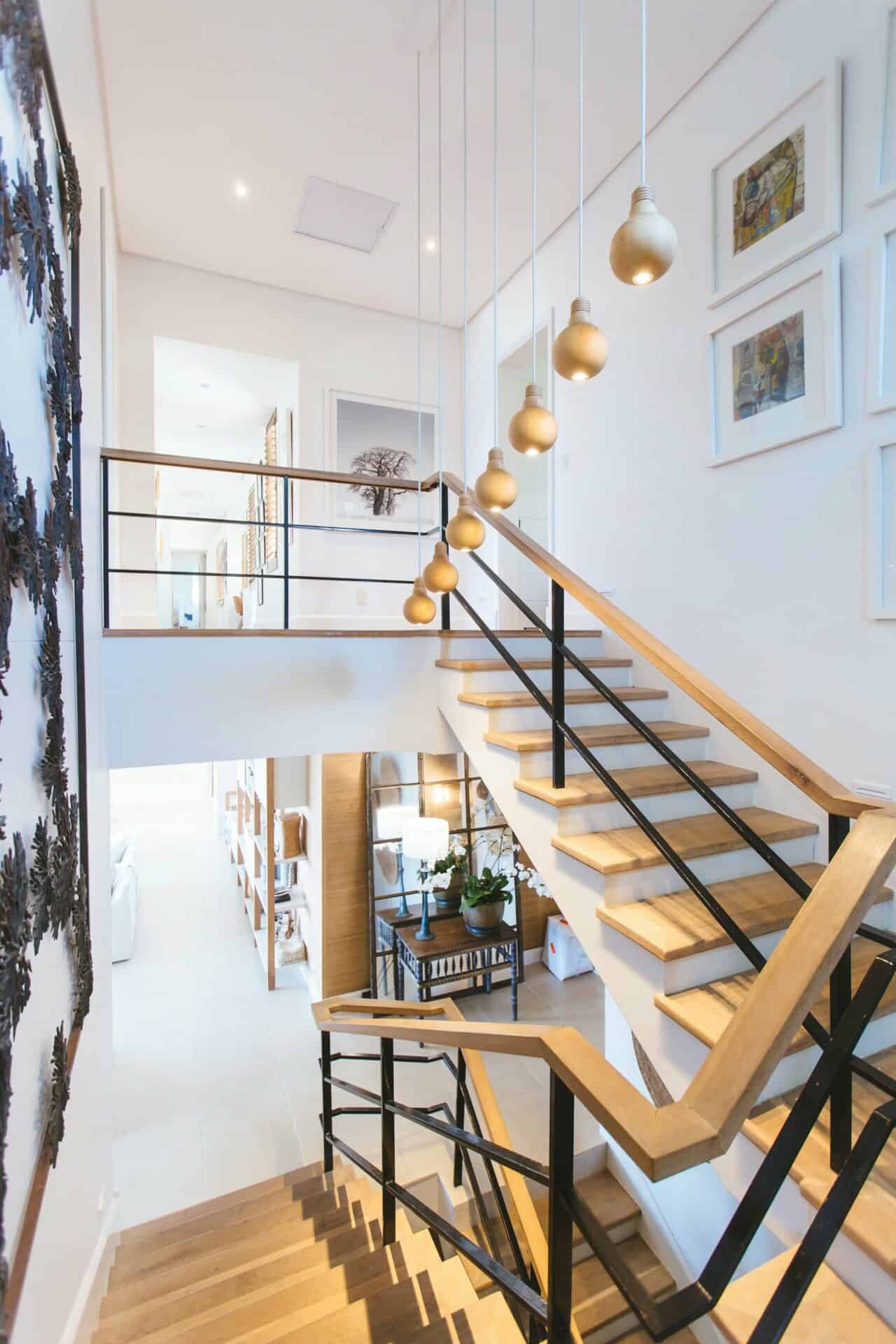Selling an investment property in Australia can lead to complex GST (Goods and Services Tax) implications that many property investors overlook. Fortunately, there are certain circumstances where investors can reduce their GST liabilities.
This article explores when GST applies to property sales, how the margin scheme can reduce GST liability, who qualifies for the margin scheme, and steps for correctly calculating GST under this alternative.
When Does GST Apply When You Sell Property?
While selling your own home is typically considered a GST-free sale, selling an investment property may lead to GST obligations in certain situations, as outlined by the Australian Taxation Office (ATO).
GST on property sales generally applies when:
- The property is new residential premises that have yet to be sold as residential premises. This includes substantially renovated properties or those rebuilt after demolition.
- The seller is registered for GST and needs to include the sale in their GST reporting. This applies to property investors running a formal business.
- In these cases, the standard GST rate of 10% applies to the property’s sale price before GST. For a sale of $500,000, the GST would be $50,000.
How the Margin Scheme Reduces GST Payable
Luckily, eligible sellers can use the GST margin scheme to lower their GST obligation.
The GST margin scheme is an alternative way of calculating the GST owed when selling a property normally subject to GST.
So, rather than paying GST on the full sale price, the margin scheme allows eligible sellers to pay GST only on the margin or difference between the purchase price and the sale price.
For example:
Cost of purchase: $300,000
Sale price: $600,000
Margin = Sale price – Cost of purchase = $600,000 – $300,000 = $300,000
If the margin scheme did not apply, a GST of $60,000 would be owed on the $600,000 sale price. However, under the margin scheme, a GST of $30,000 is owed on the $300,000 margin.
Who Qualifies To Use the Margin Scheme (GST)?
You must meet specific conditions to access the margin scheme when selling a property that would normally attract GST:
- Property acquired before July 1, 2000: eligible to use the margin scheme, with a choice between the consideration method and valuation method for calculating the margin.
- Property acquired after July 1, 2000: eligible only if the seller from whom you purchased the property applied the margin scheme or was ineligible to register for GST. Only the consideration method can be used to determine the margin.
Note: You can’t use the margin scheme if you acquired the property from a GST-registered seller who calculated GST based on the total sale price.
Calculating GST Under the Margin Scheme
Those eligible for the margin scheme can choose between two methods for determining the sale margin:
Consideration Method
The consideration method is one way to calculate the sales margin when applying the GST margin scheme. It can be used regardless of when the property was initially purchased.
With the consideration method, the margin is calculated as:
Sale Margin = Sale Price – Cost of Price
Specifically:
- The sale price is the total amount in the sales contract, excluding any settlement adjustments.
- The purchase price is the amount paid to initially acquire the property, excluding settlement adjustments and other costs like stamp duty and legal fees.
For example:
Original cost of purchase: $650,000
Sale price: $920,000
Margin = Sale price – Cost of purchase = $920,000 – $650,000 = $270,000
GST would be calculated as 10% of the $270,000 margin, which is $27,000.
The consideration method provides a straightforward way to determine the taxable sales margin based on the prices contained in the property’s purchase and sale contracts. It does not consider any valuations or appraisals of the property itself.
Valuation Method
The valuation method is an alternative way to calculate the taxable sales margin under the GST margin scheme, but it can only be used for properties acquired before July 1, 2000.
With the valuation method, the margin is determined as:
Margin scheme sales = Sale Price – Property Value as of 1 July 1, 2000
The property value as of July 1, 2000 (the date GST took effect in Australia) must be established using one of the following approved valuation methods:
- A written valuation report from a professional valuer determining the market value of the property as of July 1, 2000.
- The purchase price in the most recent contract of sale for the property entered into before July 1, 2000, between parties dealing at arm’s length.
- The property value assessment issued by a state or territory government department for rating or land tax purposes is current as of July 1, 2000.
For example, if a valuer determines a property purchased in 1998 was worth $250,000 as of July 1, 2000, and it sells for $600,000, the margin would be:
Sale Price: $600,000
Valuation as of 1, 2000: $250,000
Margin = $600,000 – $250,000 = $350,000
The valuation method allows using historical property valuations rather than just relying on the original purchase documentation. It provides an alternative way to calculate GST for properties acquired before the tax took effect.
Note: Double-check that you qualify for the margin scheme before applying it. Get professional advice if you need clarification, as incorrectly using the margin scheme could lead to GST penalties.
Key Takeaways
- GST often applies when selling an investment property, unlike when selling a residential home.
- Eligible sellers can use the margin scheme to pay GST only on the margin between purchase and sale price, rather than the full sale amount.
- Carefully determine if you qualify for the margin scheme and use approved methods for calculating the GST-applicable margin.
Correctly navigating GST when selling investment properties takes careful planning. Consult a tax specialist if you need help understanding your specific obligations. With sound advice, you can take full advantage of the margin scheme to minimise GST costs.
If you need to organise a property valuer to meet the valuation method requirements, contact us today.
FAQs
What Types of Properties Can I Use the Margin Scheme For?
The GST margin scheme can be utilised when selling commercial, residential, or vacant land properties that would ordinarily be subject to GST on the total sale price. This includes investment properties and properties you hold for resale purchased or built after July 1, 2000.
Your primary place of residence is excluded from the margin scheme. Even if you are registered for GST through your business activities, selling your own home does not trigger GST, so the margin scheme does not apply.
However, for investment properties and land you hold for resale purposes, using the margin scheme can help lower your GST obligations when selling.
When Do I Need to Decide on Using the Margin Scheme?
You and the property buyer must agree in writing to use the margin scheme by the time of settlement when the property sale takes place. This written agreement should be documented as part of your contract of sale.
More than verbally agreeing is required to comply with the requirements. Failure to properly document the agreement by settlement could prevent you from being able to apply the margin scheme, resulting in higher GST costs.
So, discuss the use of the margin scheme early in the sales process and ensure the sale contract specifically states you and the buyer agree to apply the margin scheme to the GST calculation.
Can I Use the Margin Scheme if I Renovate?
Yes, you can use the margin scheme if you substantially renovate a property to the extent that it would be considered new residential premises. This includes properties that have been fully gutted and transformed.
The key is that you extensively renovated the property from its original state when it was purchased. Doing minor cosmetic upgrades and improvements does not necessarily make a property be treated as new residential premises for GST purposes.
But suppose the renovations were significant enough that the property became a different residential property. In that case, the margin scheme can apply to a future sale if you meet the other eligibility criteria.
What Costs Are Excluded When Calculating GST?
When determining the purchase price component used to calculate the sales margin under the margin scheme, certain costs should be excluded to calculate the sales margin under the margin scheme.
The purchase price should only include the amount you actually paid to acquire the property initially. So, you can’t factor in additional costs such as:
- Stamp duty on the purchase
- Legal fees for the transaction
- Valuation fees
- Loan establishment fees
- Property development and minor renovation costs
Can I Get a Private Valuation Done to Determine the Property Value?
If you use the valuation method to determine the margin for a pre-July 2000 property, you must obtain an approved valuation from a qualified source. This means a written market appraisal performed by a professional valuer to apply the margin scheme.
A valuation you obtained independently previously will not qualify. The valuer must assess the property’s market value specifically as of July 1, 2000, when GST was introduced. Valuations from real estate agents or other non-approved parties also do not satisfy the requirements. For accuracy, the ATO requires valuations by qualified professionals before applying the margin scheme.
Alternatively, you can use a government authority’s land value assessment for rating or tax purposes if it was current as of July 1, 2000. But for peace of mind, a valuation report from a professional valuer focused on the July 1, 2000 property value will provide the greatest reliability.
Are There Advantages to the Valuation Method Over the Consideration Method?
In certain situations, using the valuation method can result in a lower taxable margin compared to the consideration method when selling a pre-July 2000 property. This is because the property may have increased significantly in value since its purchase.
For example, a property bought for $200,000 in 1998 could now be worth $600,000. If the value was assessed at $250,000 as of July 2000, the margin under the valuation method would be $350,000 (the current sale price of $600,000 minus the $250,000 valuation).
Whereas with the consideration method, the margin would be $400,000 (the current sale price of $600,000 minus the original purchase price of $200,000).
So, for some pre-July 2000 properties, the valuation method can give a lower taxable margin and GST savings than simply relying on the initial purchase documentation.
Can You Claim Input Tax Credits with GST?
Suppose you are registered for GST through your business activities. In that case, you may claim an input tax credit (ITCs) to recover some of the GST paid on expenses related to your investment properties. When you incur expenses with GST included, such as property management fees, maintenance costs, insurance, etc., you may be eligible for ITCs, which can offset some of the GST collected on sales.
What Does ‘Taxable Supply’ Mean?
A taxable supply refers to a transaction subject to Goods and Services Tax (GST). For GST to apply to a property sale, it must qualify as a taxable supply.

Ready to get started?
Talk to one of our friendly property experts to get a free quote or more Information.










